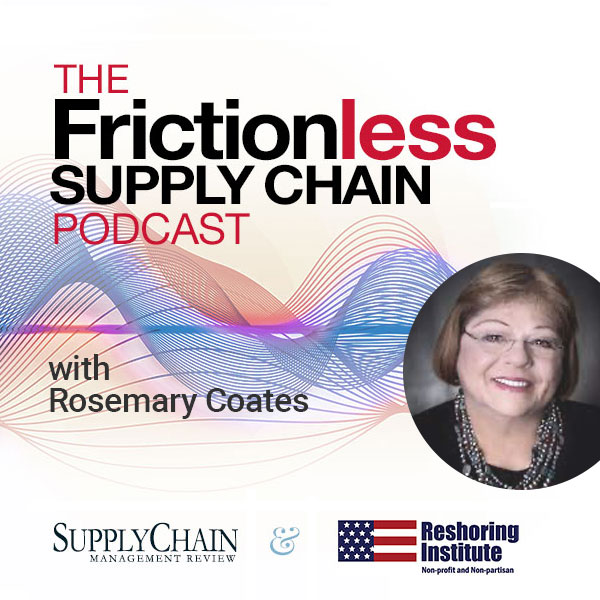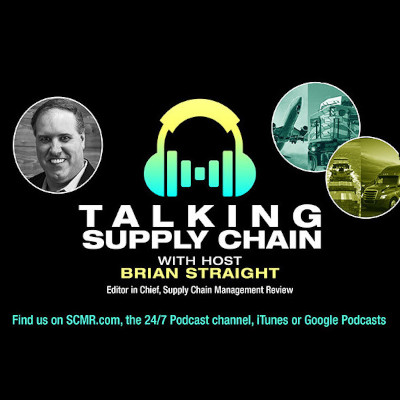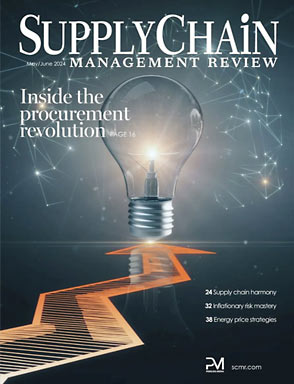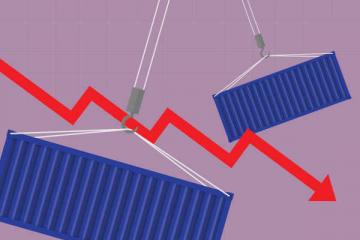Kroll, a leading global provider of services and digital products related to valuation governance, risk and transparency, today revealed the results of a global survey suggesting that the world’s biggest companies were most affected by corruption and illicit activity in 2020.
Kroll’s Global Fraud and Risk Report shows that 57% of respondents at companies with a turnover of more than $15 billion (bn) reported a very significant impact from illicit activity, such as fraud, corruption and money laundering on their organizations, with a further quarter (25%) describing the impact as somewhat significant.
This trend continued for firms with an annual revenue of between $10 bn–$15 bn, with 48% of respondents saying their organizations had been very significantly impacted and 44% reporting the impact was somewhat significant.
The survey highlighted that U.S. companies are placing an increased focus on proactive measures to manage bribery and corruption risk, including enterprise-wide risk assessments (89%) and the use of proactive data analytics (91%). In Canada, proactive measures were somewhat less widespread, with 72% using data analytics and 60% conducting enterprise-wide risk assessments.
Furthermore, nearly three-quarters (72%) of U.S. respondents said that bribery and corruption issues were being given sufficient board-level attention and investment. However, despite these efforts, 84% of U.S. respondents still felt corruption and illicit activity were having a significant impact on their organizations.
“While it is encouraging that more and more companies are leveraging the power of analytics, the fact that so many feel that fraud, bribery, and corruption are still having such an impact on their businesses tells us that there is still much work to be done,” says Richard Plansky, Managing Director and Head of the North American Forensic Investigations and Intelligence practice at Kroll
He adds that supply chain managers are not facing a “static” risk.
“So the way we manage that risk can’t be static either. A proactive, dynamic, flexible approach – leveraging a combination of people, process, and technology – is the best way to mitigate risk in these unusual and challenging times.”
This year’s findings showed that global organizations are feeling vulnerable to both internal and external threats, with more than half (52%) of U.S. respondents and 56% of respondents in Canada citing lack of visibility over third parties as the number one threat relating to bribery and corruption risk. Respondents in the U.S. ranked employees’ actions (28%) as the second top concern, whereas those in Canada cited weaknesses in internal record-keeping (26%).
The 2021 Global Fraud and Risk Report highlights that now more than ever, it is critical that organizations of all sizes utilize their internal data to mitigate risk, and that company culture is a key component of any successful strategy to curb bribery and corruption risk.
SC
MR

Latest Supply Chain News
- Joseph Esteves named CEO of SGS Maine Pointe
- Employees, employers hold divergent views on upskilling the workforce
- April manufacturing output slides after growing in March
- Q1 sees a solid finish with positive U.S.-bound import growth, notes S&P Global Market Intelligence
- World Trade Centers offers a helping hand to create resilient, interconnected supply chains
- More News
Latest Podcast

 Explore
Explore
Business Management News
- Joseph Esteves named CEO of SGS Maine Pointe
- Employees, employers hold divergent views on upskilling the workforce
- April manufacturing output slides after growing in March
- Q1 sees a solid finish with positive U.S.-bound import growth, notes S&P Global Market Intelligence
- 6 Questions With … Sandeep Bhide
- MIT CTL offering humanitarian logistics course
- More Business Management
Latest Business Management Resources

Subscribe

Supply Chain Management Review delivers the best industry content.

Editors’ Picks





